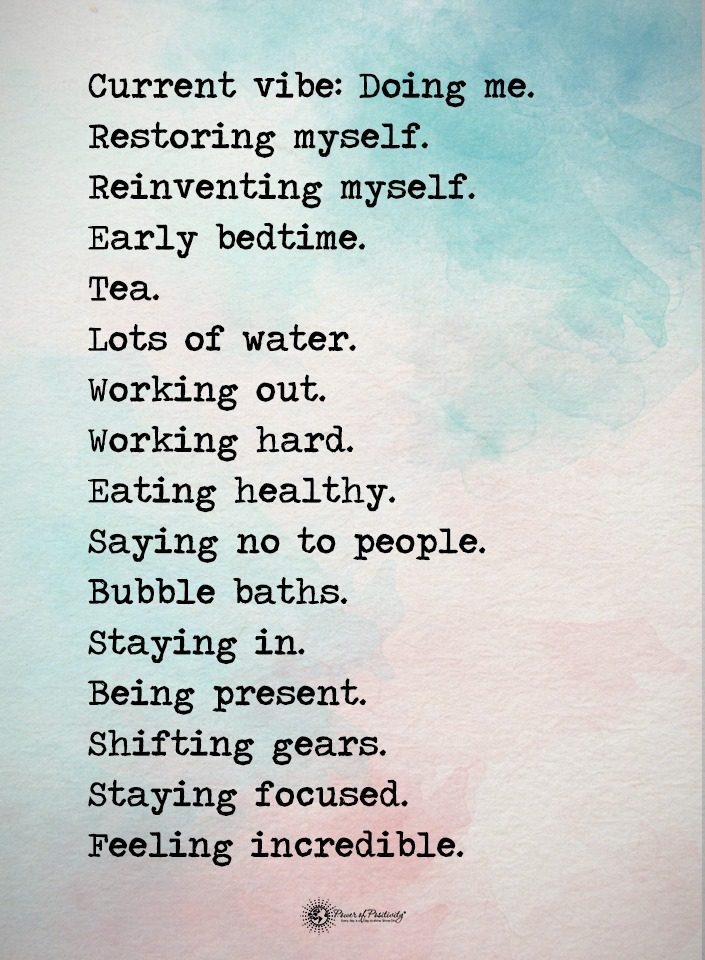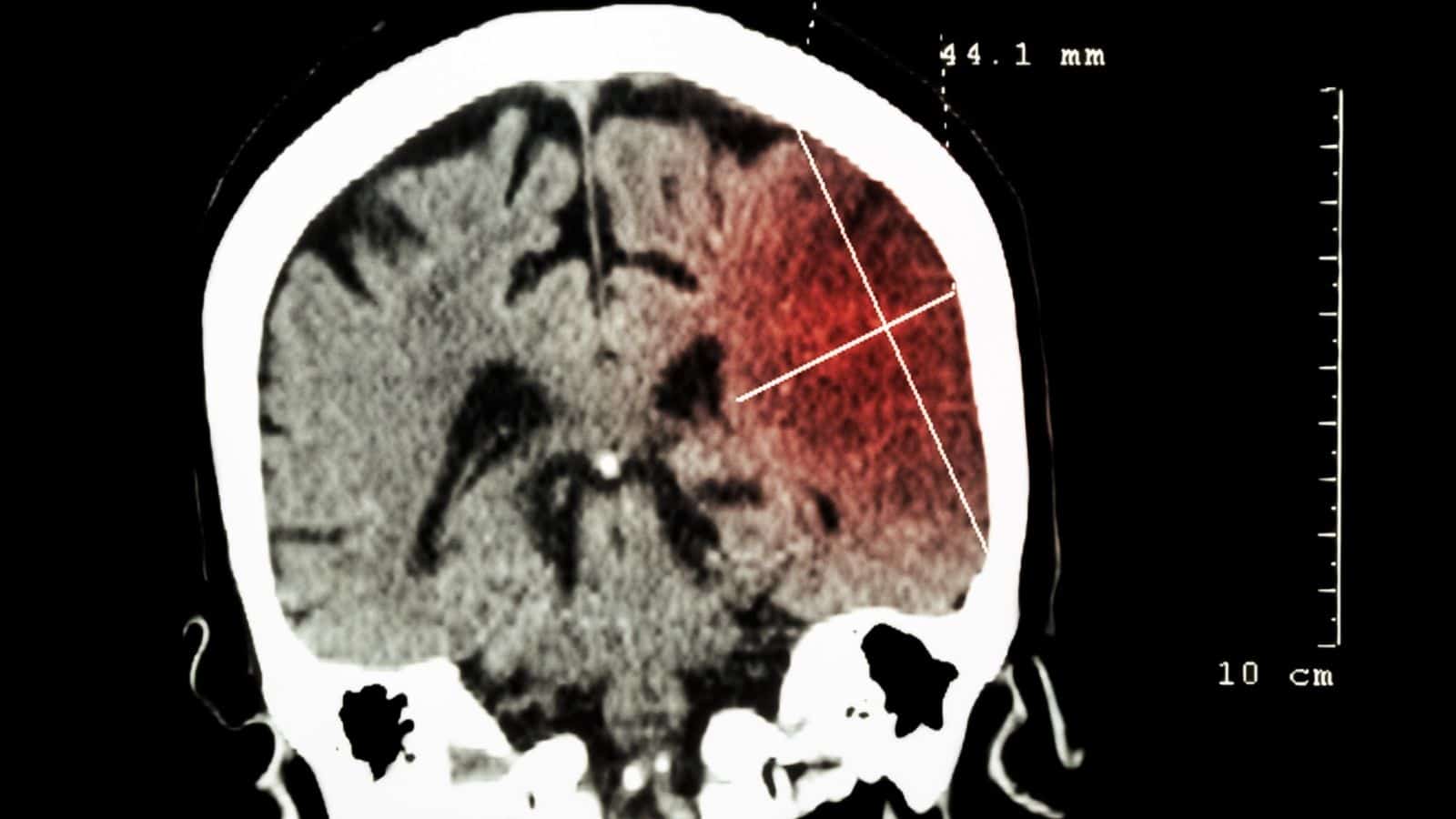After suffering from a stroke, many patients get transferred to a stroke rehabilitation center or nursing home. These units have specific equipment and therapies that allow patients to make a partial or full recovery. According to the National Institute of Health physicians, the rehabilitation required after a stroke varies depending upon the nature and severity. It takes some patients weeks or months to recover, but for others, it may take years of therapy and cause life-long disability.
Usually, stroke victims will undergo the following types of therapies in rehab:
- Speech therapy – many people who suffer a stroke have difficulty speaking or understanding language afterward. A speech therapist will work with you on relearning how to communicate clearly and coherently after a stroke.
- Physical therapy – incorporates exercises and stretching into your routine to help you regain movement and coordination.
- Occupational therapy – helps you relearn to perform daily activities, such as dressing, eating, bathing, and reading.
Here are some statistics about the prevelance of strokes in the USA
Stroke statistics (from the CDC)
In 2018, stroke accounted for 1 in every six deaths from cardiovascular disease.
- Someone in the United States suffers a stroke roughly every 40 seconds. Every 4 minutes, someone dies of a stroke.
- Annually, more than 795,000 people in the United States have a stroke. About 610,000 of these are first time strokes.
- About 185,000 strokes—nearly 1 in 4—occur in people who have had a previous stroke.
- Approximately 87% of all strokes are ischemic strokes, where blood flow to the brain becomes blocked.
- The cost of treating strokes in the US was around $46 billion between 2014 and 2015. This figure includes the costs of various health care services, medicines for treating stroke, and missed days of work.
- Strokes are the leading cause of severe long-term disabilities worldwide. Stroke reduces mobility in over half of stroke survivors aged 65 and over.
- Having a stroke is the fifth-leading cause of death for Americans.
 Signs and symptoms of stroke
Signs and symptoms of stroke
At the first sign of a stroke, one may suddenly feel any combination of one or more of the following:
- Numbness, droopiness, or weakness in the face, arms, or legs–especially on one side of the body.
- Feelings of confusion, difficulty with speaking, or slurred or hard-to-understand speech.
- Impaired vision or not seeing well out of one or both eyes.
- Difficulty walking, dizziness, loss of balance, or lack of coordination.
- Severe headache with no known cause.
If you believe that someone is having a stroke, follow the FAST guidelines to perform a simple test. This knowledge works best within three hours of noticing symptoms so they can get to the hospital in time.
- F—Face: Ask the person to smile. Does one side of the face droop, or is the person’s smile lopsided?
- A—Arms: Ask the person to raise both of their arms. Does one arm drift or droop downward, or is one arm weak or numb?
- S—Speech: Ask the person to repeat one simple phrase. Is the speech slurry or hard to understand?
- T—Time: If you see any of these first signs, even if they go away after a short time, call 911 immediately.
Risk factors for stroke
- High blood pressure
- High cholesterol
- Smoking
- Obesity
- Diabetes
These are the leading causes of stroke in the US, and 1 in 3 Americans has at least one (or any random combination) of these conditions or habits. Other risk factors include heavy alcohol consumption, physical inactivity, and an unhealthy diet. Other conditions that raise your risk include previous stroke, heart disease, and sickle cell disease.
For those who have suffered a stroke, they will typically undergo physical therapy to get them back to work and everyday life. To aid in stroke rehabilitation, scientists have constructed a robotic exosuit to help patients with mobility problems.
The cutting edge robotic exosuit that will aid in stroke rehabilitation:
A team of US researchers recently performed a multi-center, single-arm trial of a robotic exosuit for stroke rehabilitation called ReWalk ReStore™. This suit provides gait training in individuals recovering from a stroke who have mobility issues. Supervised by physical therapists, they tested it during treadmill and overground walking and found the device safe and reliable. The study originally published in the Journal of NeuroEngineering and Rehabilitation on June 18, 2020.
Scientists involved in the study include:
- Louis N. Awad, PT, DPT, Ph.D., of Spaulding Rehabilitation Hospital, Boston, MA,
- Alberto Esquenazi, MD, of MossRehab Stroke and Neurological Disease Center, Elkins Park, PA,
- Gerard E. Francisco, MD, of TIRR Memorial Hermann, Houston, TX,
- Karen J, Nolan, Ph.D., of Kessler Foundation, West Orange, NJ,
- and lead investigator Arun Jayaramam, PT, Ph.D., of the Shirley Ryan AbilityLab, Chicago, IL
The first soft robotic exosuit approved by the FDA for stroke rehabilitation, the ReStore™, aids those with mobility deficits. Specifically, the device is designed for survivors with a condition called hemiplegia under the supervision of licensed physical therapists. Hemiplegia causes weakness in the ankles, which makes walking and climbing steps nearly impossible. Patients who suffer from this must compensate by having abnormal walking patterns, which decrease stability.
ReStore augments ankle plantarflexion and dorsiflexion, which helps with gait training and stability. Motors mounted on a waist belt send power through cables to attachment fixtures on an insole and the patient’s calf. They next clipped sensors to the patient’s shoes to transmit data to a handheld smartphone controller manned by a trained therapist. He or she adjusts levels of assistance and records data from the gait training.
The study
The exosuit trial involved 44 participants with post-stroke hemiparesis who could walk unassisted for 5 feet. They had to undergo five days of 20-minute sessions of treadmill and ground training while being supervised by physical therapists.
To analyze the therapeutic potential for ReStore in stroke rehabilitation, the researchers also noted how the device affected maximum walking speed. The researchers asked participants to walk 10 meters in and out of the device to assess their walking speed. Some participants had the use of a cane during the tests because of safety considerations. The trial found the exosuit to be safe, reliable, and feasible in stroke rehabilitation.
“We found that the ReStore provided targeted assistance for plantar flexion and dorsiflexion of the paretic ankle, improving the gait pattern,” said Dr. Nolan, a senior research scientist in the Center for Mobility and Rehabilitation Engineering Research at Kessler Foundation. “This is an important first step toward expanding options for rehabilitative care for the millions of individuals with mobility impairments caused by ischemic and hemorrhagic stroke.”
The initial trial found that training using the exosuit resulted in faster walking speeds after the therapy in this stroke population. More than one-third of the participants saw a dramatic increase in unassisted walking speeds. Thus, scientists will do further research on the positive effects of the exosuit training in the future.
While this breakthrough in stroke rehabilitation shows promise for the future, strokes still can cause lifelong disability. If you have some of the risk factors for stroke, make sure to follow these guidelines to help prevent them.
Preventing stroke
- Eat a healthy diet. You can lower your personal risk of having a stroke by eating a diet high in fiber, including fruits, veggies, grains, nuts, and seeds. Avoid or limit foods high in saturated and trans fats and cholesterol, causing high cholesterol. Eat foods low in salt to lower blood pressure as well. High blood pressure and, or course, high cholesterol are the two leading causes of stroke.
- Maintain a healthy weight. This target number will vary depending on your height, age, and bone structure. In general, you want to keep body fat in a healthy range and have the right muscle to fat ratio.
- Physical activity does not only keeps your body healthy, but it also promotes mental wellness too. Stress can cause high blood pressure and has been linked to heart attacks and strokes. Therefore, you should aim for around 2.5 to 3 hours of intense aerobic activity per week. Make sure to add resistance training into your regimen as well to build muscle and lower fat.
- Avoid smoking. Smoking cigarettes significantly increases your chance of having a stroke.
- Limit alcohol consumption. Alcohol raises blood pressure, which increases your risk of stroke. Men should have a maximum of two alcoholic drinks a day and women no more than one.
 Final thoughts on the cutting-edge exosuit to help with stroke rehabilitation
Final thoughts on the cutting-edge exosuit to help with stroke rehabilitation
Scientists continue to unveil new and exciting methods and therapies to heal from conditions such as stroke. The robotic exosuit called ReWalk ReStore could potentially help thousands of people recover after having a stroke. For now, it’s only been tested on patients suffering from hemiplegia, which causes weakness in the ankles. However, who knows how it might be utilized in the future for stroke recovery.
Suffering from a stroke is the fifth leading cause of death for Americans. While many people make a full recovery, it’s also the leading cause of serious long-term disability worldwide. The CDC says that up to 80% of strokes are preventable with healthy lifestyle habits and management of pre-existing conditions. Make sure to eat plenty of fruits and veggies, exercise, keep stress low, and avoid smoking and overconsumption of alcohol.



















